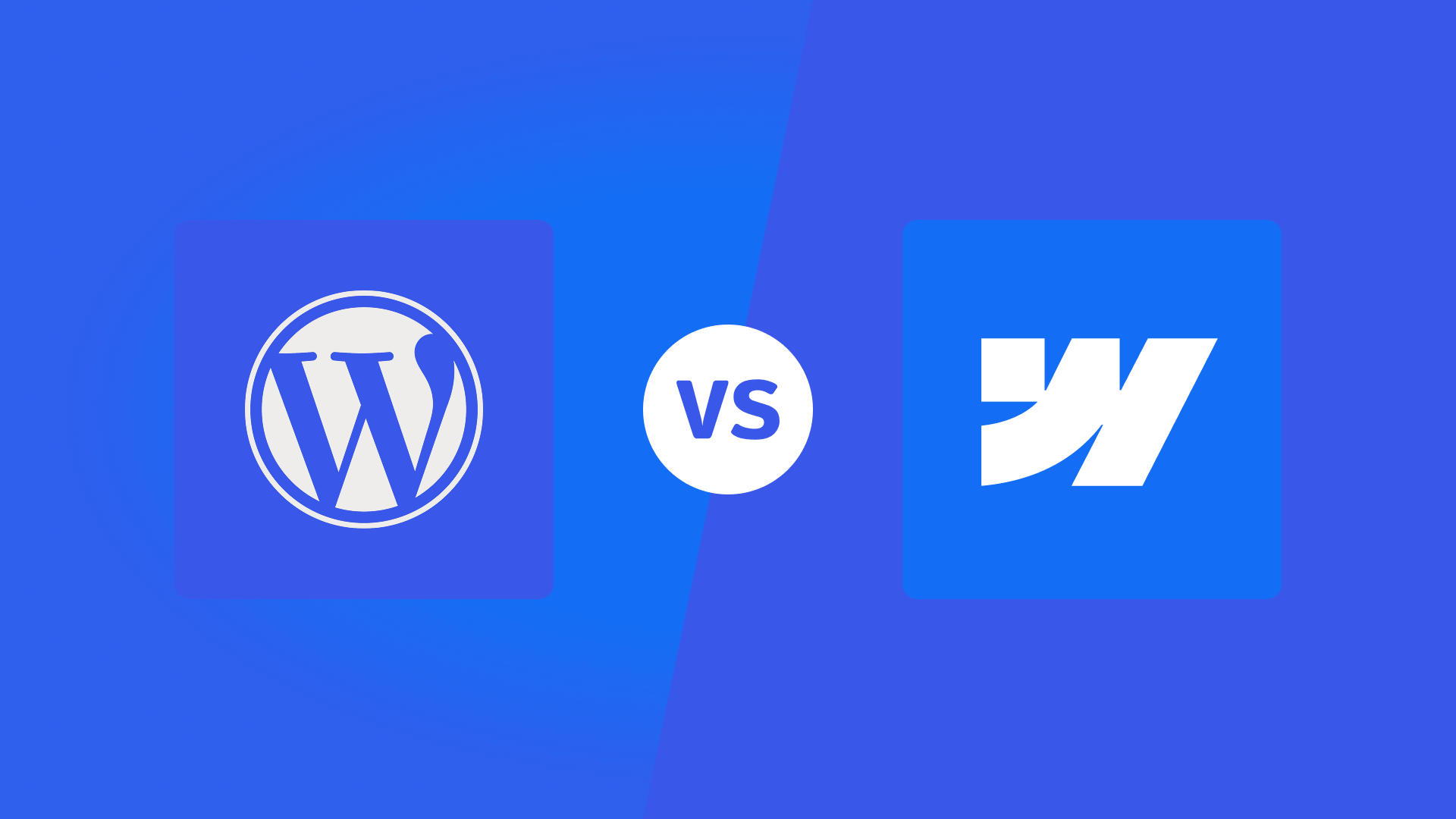SEO is still the foundation
The nice thing is that you don't have to start over. If you are already actively working with SEO, you have a solid foundation. AI works basically the same as a search engine, it looks for well-written, relevant and useful content from sources it can trust.
This means that classic SEO principles still apply. A fast, secure and technically stable website. Content that is clearly structured with headings, lists and clear answers. And above all, texts that actually help the user. Think about how someone formulates a question in an AI chat and write your content so that it gives a concrete and useful answer. That's exactly what AI wants to find.
Build trust and become a source AI trusts
To be visible in AI search is not just about keywords and technology. It's all about trust. AI prioritizes content from pages and brands that are perceived to be credible, relevant and established.
You build that trust by creating content that really helps the user and shows you know your area. Publish articles and guides based on your own insights, experience and knowledge. Be visible in relevant contexts such as industry media, podcasts or forums where your brand is associated with expertise.
The more often you are mentioned in credible sources, the greater the chance that the AI will select your particular content when it compiles its responses.
Make it easy for AI to understand you
AI needs structure. The clearer your content is, the easier the AI can read, interpret and reuse it. Some simple ways to make your content more AI-friendly are to
- structure the text with clear headings and sections
- use bulleted lists and FAQ sections to answer frequently asked questions
- create topic clusters, i.e. multiple pages that deal with the same area and link to each other
- label content with schema markup so that the AI understands what is, for example, a product, an article or an author
It is not about writing for robots but about presenting information in a way that both humans and algorithms can easily absorb.
Explore and learn by testing
AI search is still new and a lot is about testing itself. Many new tools claim to be able to show which prompts you appear on, but the data is often uncertain. A better way is to use the tools you already have.
Google Search Console shows which searches you're already seeing and provides valuable insights into how users are finding you. If you want to go one step further, try searching your most important questions in ChatGPT or Perplexity and see what answers you get.
Also notice the so-called Query Fan Outs, the consequential questions that the AI asks after the first query. They reveal what people want to know more about. By creating content that responds to these, you can quickly boost your visibility.
Track and understand your traffic
Do you want to know if your work actually produces results? Then Google Analytics or similar tools will be your best friend. There you can see if you're getting traffic from AI platforms like ChatGPT or Google AI Overview and follow how your visibility evolves over time.
Remember that while traffic from traditional search may decrease, this does not mean that your work is losing value. Many people get their answers directly in AI chats without clicking through, but they remember where the information came from.
Research also shows that although the number of visitors sometimes decreases, conversions often increase. Those who actually visit your page have already done their research and are ready to act. Fewer clicks but better quality.
SEO and AI create the visibility of the future
There are no shortcuts to appearing in AI search. It's still about doing good SEO work, creating valuable content and building trust. AI is looking for the same thing that humans do, which is quality, clarity and relevance.
If you're not already into SEO, it's time to start. Need help understanding how you can become more visible in AI search? Get in touch With us, we will look together at how you can strengthen your visibility and get more people to find you.




